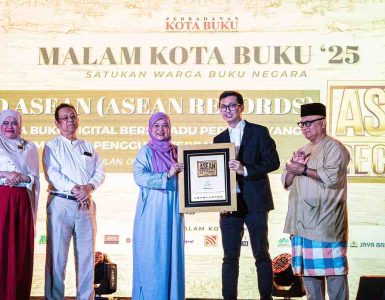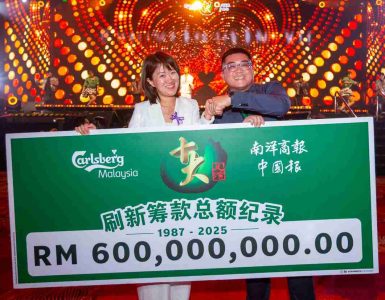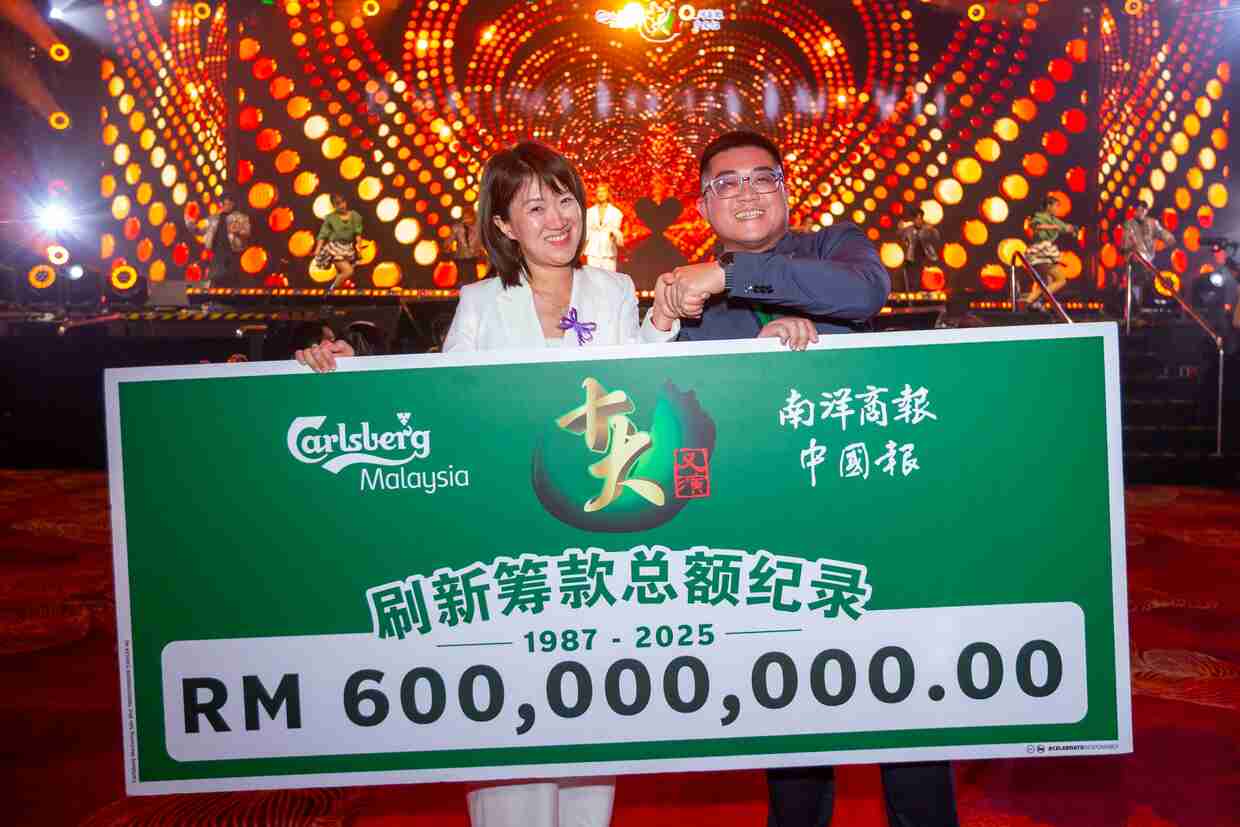In recent years, Malaysia has undergone significant economic growth and modernization, particularly in its urban areas, and this is evident with the development of Merdeka 118 tower.
This progress has fueled a soaring demand for both commercial and residential spaces, culminating in the impressive number of skyscrapers that adorn its cities.
Malaysia proudly stands as the sixth-ranked country globally, boasting 259 buildings taller than 150 meters.
A glimpse into Malaysia’s architectural ascent
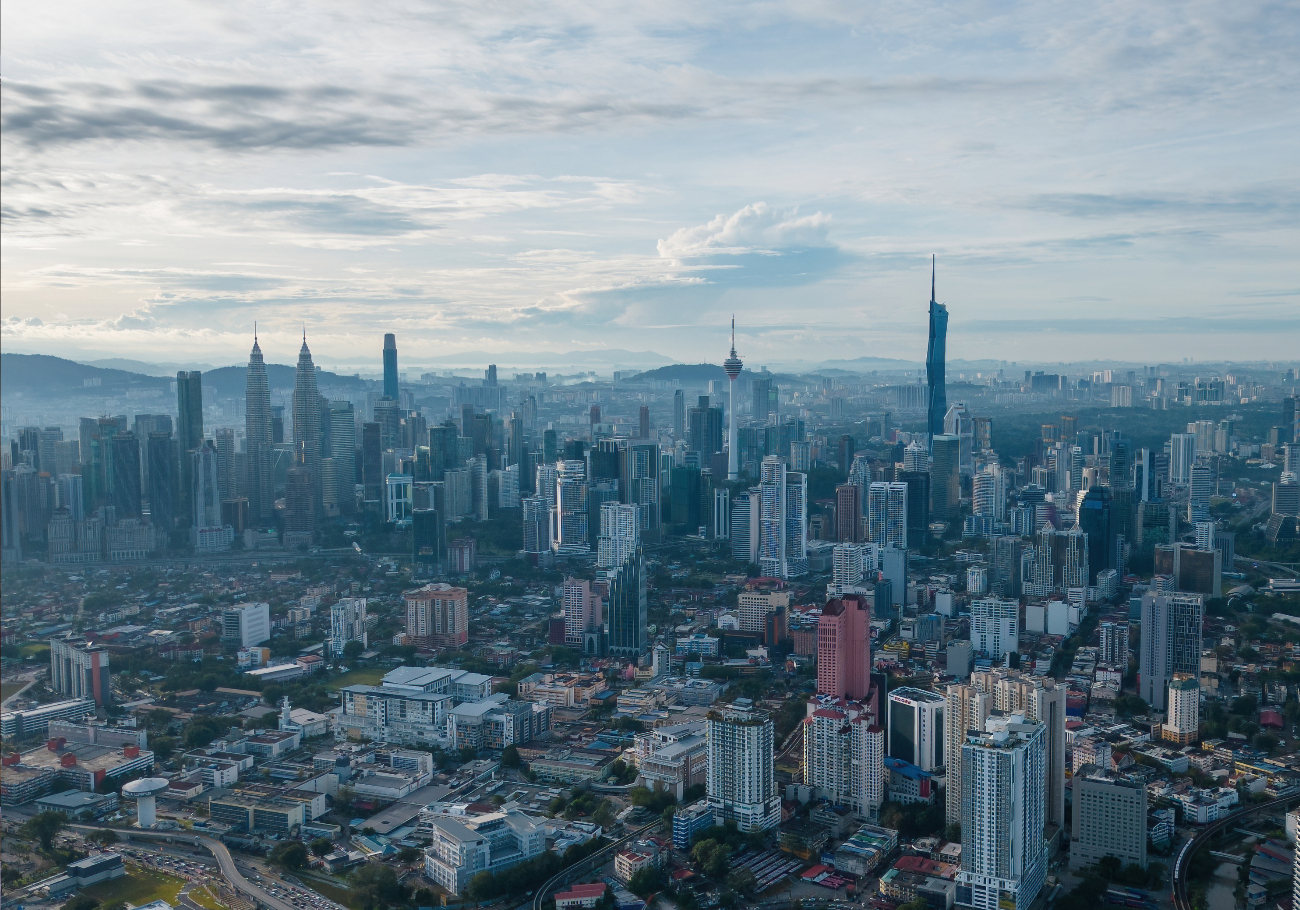
The architectural journey began in 1985 with the completion of the KOMTAR Tower in George Town, Penang. At over 200 meters tall, it was the second-tallest building in Asia at the time and remains Penang’s tallest skyscraper.
Fast forward to today, and Malaysia proudly flaunts nine buildings exceeding 300 meters, a testament to the nation’s commitment to pushing the boundaries of architectural excellence.
Now, all eyes are on the Merdeka 118 Tower, set to stand at an impressive 678.9 meters, second only to the iconic Burj Khalifa. Its design is a nod to a pivotal moment in Malaysian history.
In 1957, Malaysia’s first Prime Minister declared independence in Stadium Merdeka, and the tower’s silhouette mirrors the outstretched hand gesture made during that historic event.
Merdeka 118: Economic implications and cultural symbolism

Beyond its architectural significance, the Merdeka 118 Tower holds immense promise for Malaysia’s economy. Mega-projects like this have historically generated a ripple effect of economic growth.
Drawing parallels with the transformative impact of the Petronas Twin Towers, the Merdeka 118 Tower is expected to create tens of thousands of jobs, stimulate job growth, and contribute significantly to the country’s GDP.
However, Malaysia faces challenges, particularly in real estate development. High-rise buildings have shaped Kuala Lumpur’s skyline, positioning it as a global business hub. Yet, concerns about sustainability and infrastructure development loom large.
Vacancy rates in office spaces exceed 20%, indicating a mismatch between supply and demand. The oversupply of office spaces in the Klang Valley, estimated at over 30 million square feet, poses a considerable challenge.
Prime Minister’s vision and challenges ahead

Prime Minister Anwar Ibrahim envisions a shift towards a more vibrant and beautiful city, prioritizing public parks and accessible stalls over skyscrapers.
While Merdeka 118 is set to be a proud symbol, the Prime Minister’s vision raises questions about the future of skyscraper development in Malaysia.
The challenges are real. The abundance of unoccupied office spaces, coupled with concerns about traffic congestion and infrastructure inadequacies, demands innovative solutions and careful planning.
Balancing progress with the needs of the people is key to creating a city that fosters both economic growth and a high quality of life.
Cultural preservation amidst Merdeka 118 development
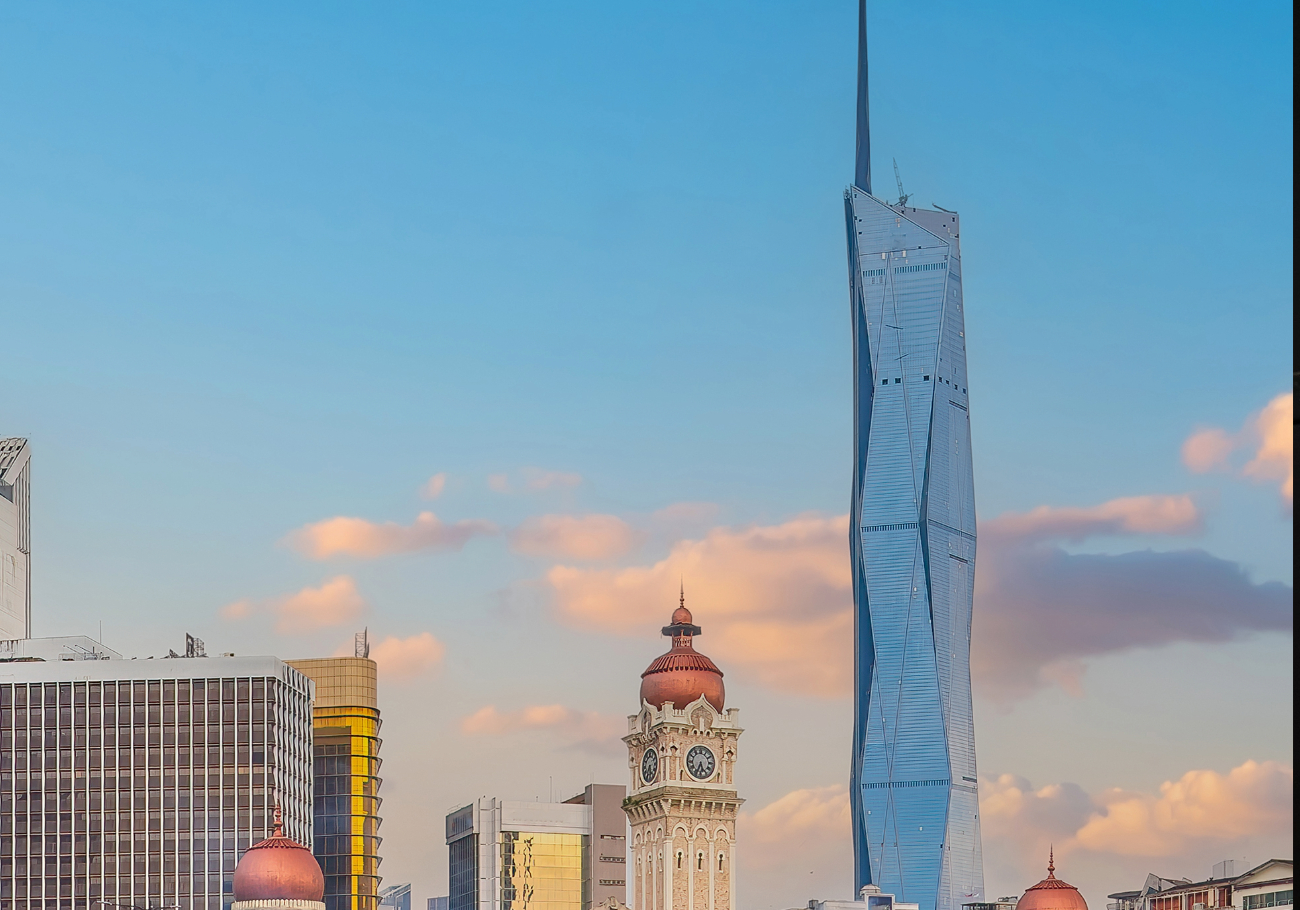
Beyond economic considerations, the Merdeka 118 Tower is a symbol of cultural heritage. Design elements pay homage to Malaysia’s history, with the tower’s spire resembling the outstretched hand of the first Prime Minister during the declaration of independence.
Efforts to preserve historical landmarks, including Stadium Merdeka and Stadium Negara, underscore a commitment to Malaysia’s rich cultural heritage.
As Malaysia stands at the crossroads of economic development and cultural preservation, the Merdeka 118 Tower serves as a testament to the delicate balance required for sustainable urban planning.
The nation looks to the future with aspirations of shaping projects that prioritize inclusivity, environmental sustainability, and a harmonious blend of economic progress and cultural identity.



